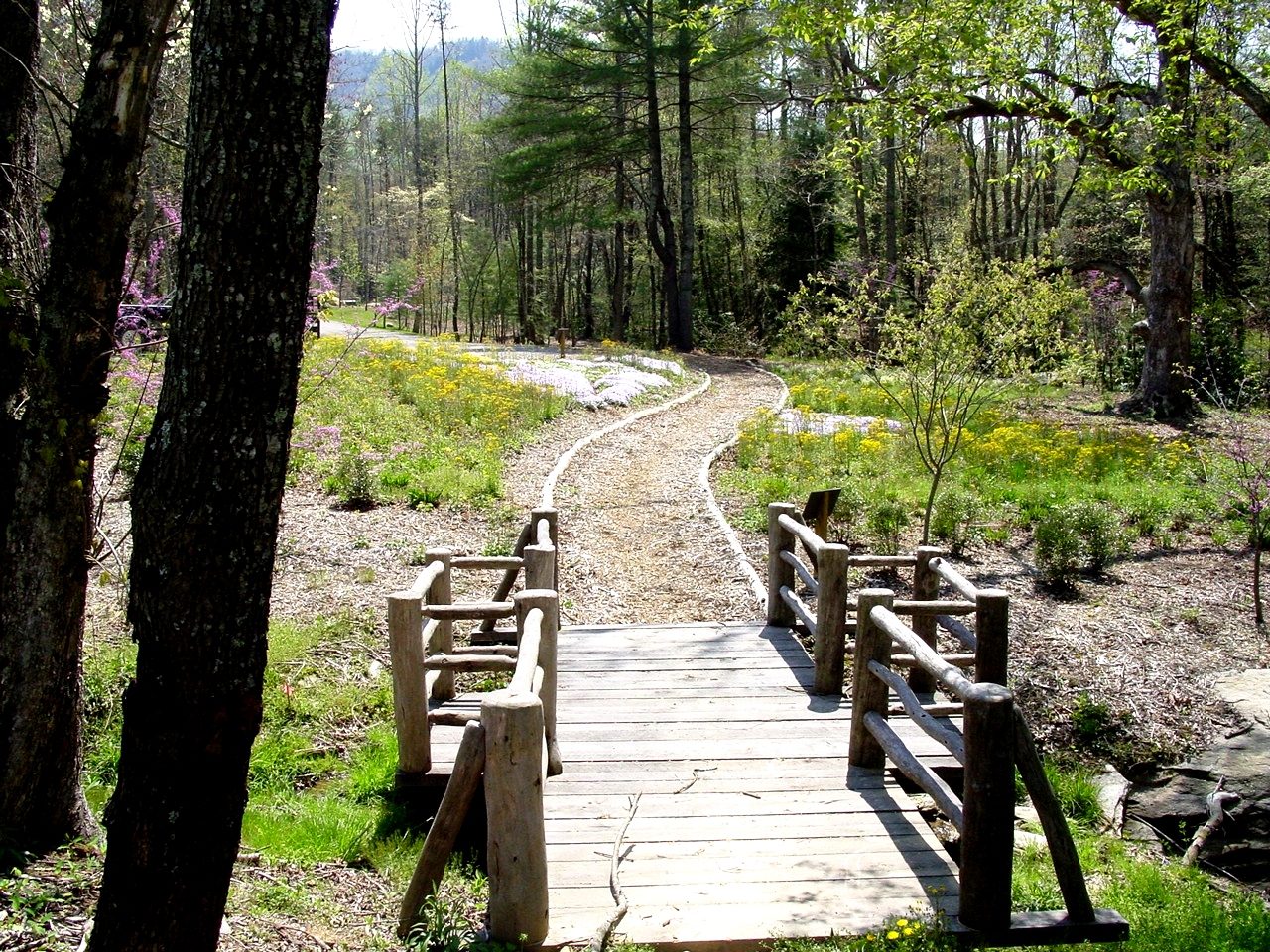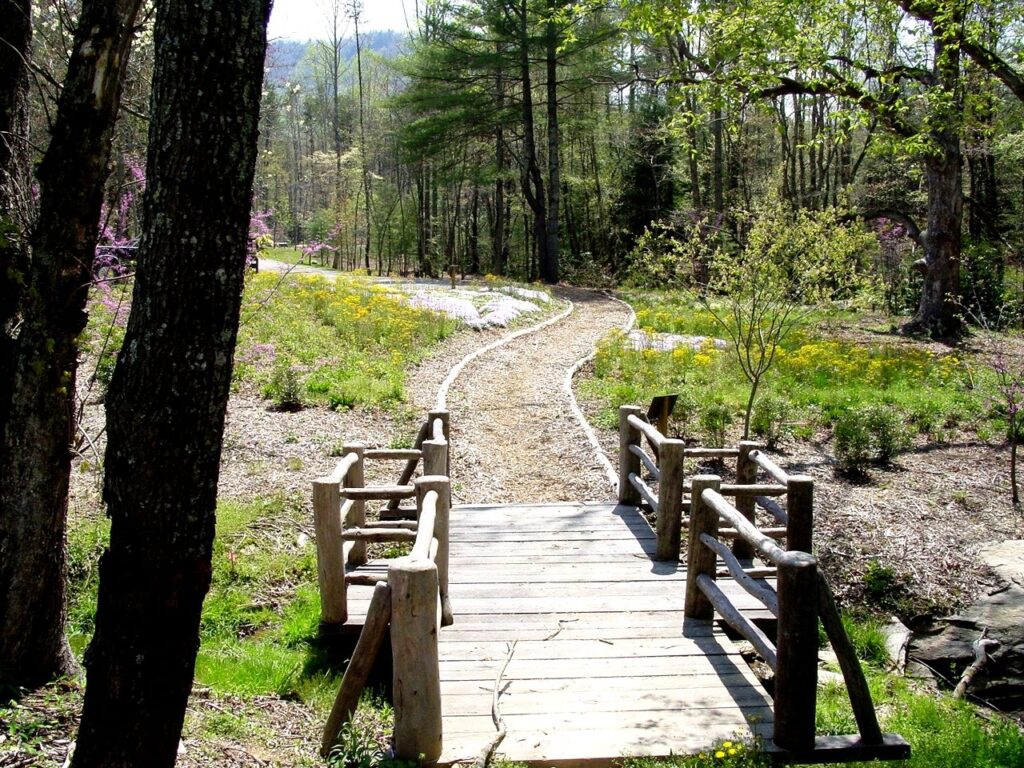
I recently was in front of city council asking for approval of a residential infill development project that featured many good examples of green building and promoted smart growth principles. The development included 45 home sites on a little more than 8 acres of land near a major transportation corridor near goods and services. The project received the needed votes to gain approval for construction however; there was one city council member who voted against the project. Now let’s put aside how infill development in an urban area helps prevent sprawl for a moment and that we all know that sprawl is bad for so many reasons. So when I asked the councilman, who by all regards would consider himself an environmentalist, why he voted against a project that included Green Built homes (solar panels, energy efficiency, etc.), innovative stormwater treatment, protection of a stream and the associated trees, and plenty of green space and open space; he said that to truly be green you must make sacrifices. He suggested that because the developer was going to make money (not a foregone conclusion by any means, as there is tremendous risk in development) that the developer was not sacrificing enough for it to really be a sustainable project. What this city councilman was saying was sustainability and economical viability cannot coexist.
The thought that if you want to be green or sustainable means you can’t make money is a major fallacy. At Equinox, the firm at which I work, we operate from a place of balance and believe that there are sustainable solutions to challenges that are beneficial for the environment, economy, and quality of life. This holds true for Low Impact Development (LID) principles that use natural systems to treat stormwater runoff such as swales, rain gardens, etc., in place of traditional stormwater design that directs water into an enclosed piped system and does not treat runoff. Low Impact Developments such as Davenport Park in West Asheville use this technique to also create a more attractive and livable environment. This example of Low Impact Development (LID) tells us that it is possible to save money by reducing impervious surfaces through the use of narrower roads and reducing other impervious surfaces associated with infrastructure. There is a great paper written on the economic, environmental, and social benefits regarding the value of green infrastructure. Many developers will add green features in their development even if there is a low return on investment because they want to create a great community and have an environmental ethic. However, the economic reality is that most developers need to a see a return on their investment. If sustainability costs more they will tend not to choose this route. I have long held the belief that you can do well by being good stewards of the land and developing within an environmentally sensitive framework. If sustainable design or green building was all about losing money and sacrifice then it would no longer be sustainable, because in the end to be sustainable it must be beneficial to the environment, the community, and economy all at the same time.


